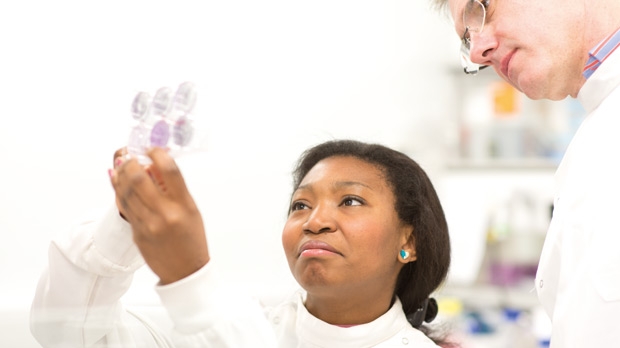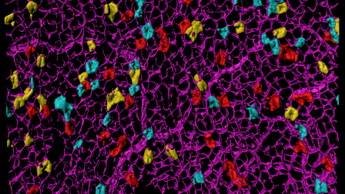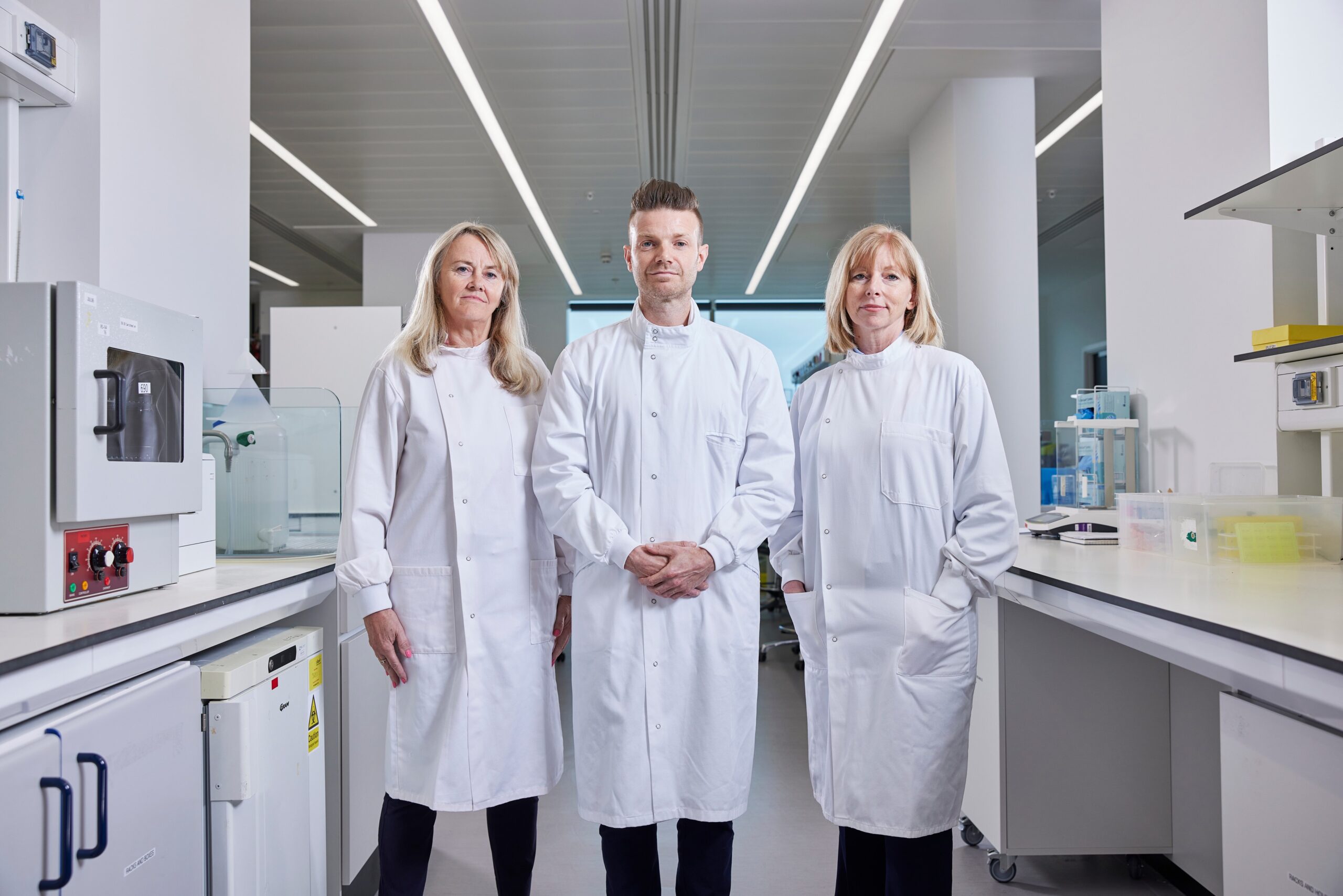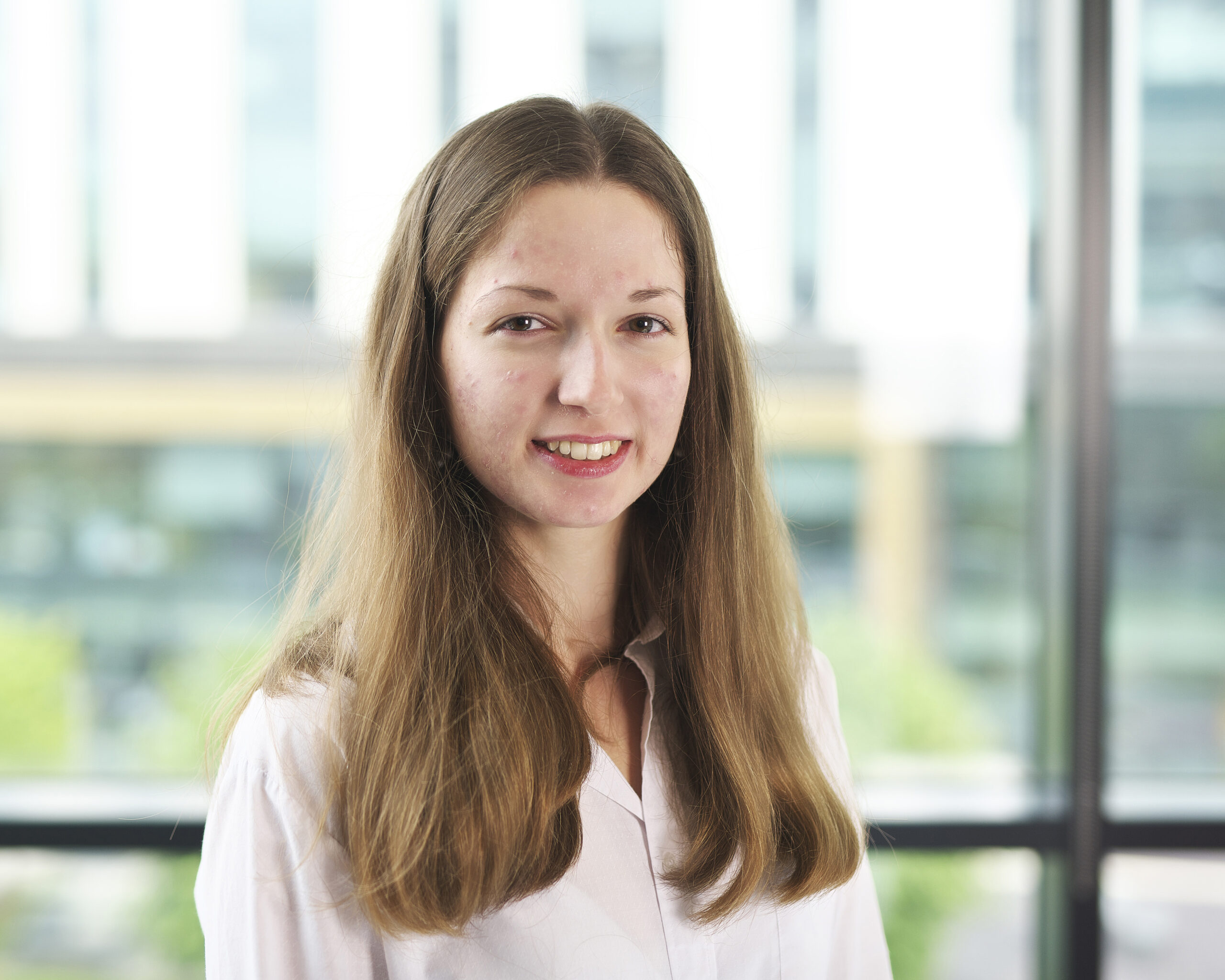‘Patchwork’ ovarian cancer more deadly

The most common type of ovarian cancer is more deadly if it consists of a patchwork of different groups of cells, according to a Cancer Research UK study published today in PLOS Medicine*.
Serous ovarian cancers containing a variety of genetically-different cells were more likely to become resistant to treatment and come back again than cancers made of more similar cells. Women with this type of tumour also died sooner than those with less varied tumours.
The scientists, from the Cancer Research UK Cambridge Institute, Cambridge University and Addenbrooke’s Hospital, analysed DNA from 135 samples of serous ovarian cancers from 14 patients having chemotherapy.
The team is the first to measure the genetic variety – called tumour heterogeneity – in a solid tumour and link this to cancer survival.
Tumour heterogeneity begins as tumours evolve from a single damaged cell, which quickly changes and develops into a patchwork of different cell groups.
Each patch of cells contains a similar but distinct set of DNA errors, so can look and behave differently from other cell clusters. This makes treating the disease more challenging, with some groups of tumour cells being more resistant to chemotherapy than others.
Lead researcher Dr James Brenton from the Cancer Research UK Cambridge Institute, said: “Our research is important because it helps make sense of the genetic chaos inside tumours. It’s another step closer to cracking the code on cancer biology so that we can understand sooner how patients will respond to treatment – and how to develop better drugs for this hard to treat cancer in the future.”
The team also found that gene faults contributing to drug resistance were present in some parts of tumours before treatment began, replacing the previous belief that chemotherapy caused these genetic changes.
More than 2,000 women in England are diagnosed with serous ovarian cancer each year**. The main treatments for ovarian cancer are surgery and chemotherapy, but some cancers become resistant to chemotherapy which presents a big challenge when treating the disease.
Nell Barrie, Cancer Research UK’s senior science information manager said: “Finding out more about how tumours evolve and what this means for patients could help us find a way to cut off cancer’s first steps.
“Ovarian cancer is often not diagnosed until it has spread in the body, making it harder to treat successfully. And Cancer Research UK is funding research to find ways to screen for the disease and spot it earlier when it is more easily treated successfully, to help save more lives.”
Related News
See all news-

Order of cancer-driving mutations affects the chance of tumour development
3rd December 2025
New research from the Winton Group has revealed that the order of cancer-driving mutations plays an important role in whether tumours in the intestine can develop.
Find out more -

Cancer Detectives: New Channel 4 Documentary Showcases Cambridge Brain Cancer Trial
27th November 2025
A Cambridge researcher offering new hope to people with brain tumours is the focus of a documentary exploring the science behind the next big breakthroughs.
Find out more -

Aleksandra Janowska awarded Postgraduate Student Thesis Prize
25th November 2025
Aleksandra Janowska has won this year’s Postgraduate Student Thesis Prize. The Prize is awarded each year to a student who has undertaken an outstanding project to the highest standards during the course of their PhD study.
Find out more